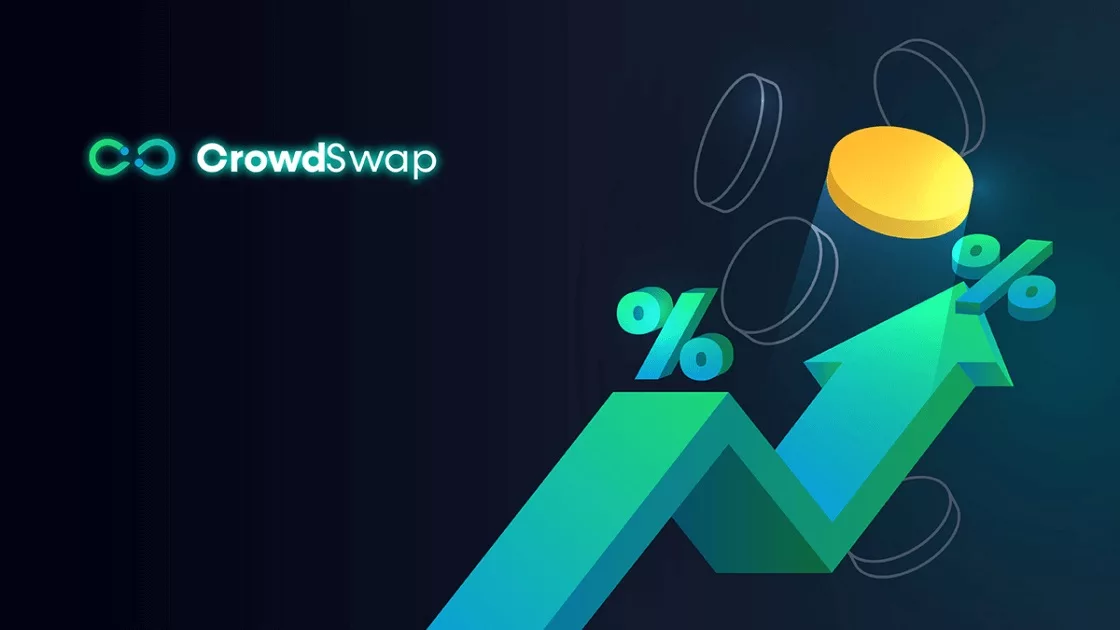Earning passive income has always been an exciting way for financial market investors. To earn passive income in the cryptocurrency market, some users search for the most profitable strategies. One of these methods is to put crypto assets into a DeFi protocol. Investors need to know that earning passive income in the cryptocurrency market has its unique characteristics.
APY stands for Annual Percentage Yield, a common term in cryptocurrency that determines how much income you earn from your assets yearly. APY is a measure that helps compare the returns of different platforms. Knowing the concept of APY and how it works in the crypto market is essential for investors. This article thoroughly explains the core ideas behind APY and what it actually means.
What Does APY mean?
APY is defined as the annual percentage return on investment, considering a compounded interest rate that grows with your balance. The compound interest rate includes the reward obtained from the initial amount plus the interest.
Investors can gain APY by staking, participating in liquidity pools, and yield farming. DeFi platforms offer various percentages of interest rates by compounding the rewards. This amount is calculated over time and added to the initial balance.
APY is a financial index that calculates the annual return for a certain amount of asset by using the interest-compounding method. The formula is as follows :
APY = (1 + r/n) ⁿ − 1
Which here:
r = periodic rate of return (or annual APR)
n = number of interest
Let’s compare simple interest and compound interest with an analogy. Imagine you stake 200 X tokens in Liquidity Pool A, which pays you 6% simple interest after one year. In that case, you can withdraw your initial holdings and a staking bonus consisting of 12 X tokens (6% multiplied by 200 X tokens). After one year of locking 200 X tokens in Liquidity Pool A, you can withdraw 212 X tokens from this pool.
Now imagine that Liquidity Pool B pays you a compound interest of 0.5% per deposit of 200 X tokens. If you deposit your 200 X tokens in Pool B for one year, you can withdraw 212.34 X tokens from this pool at the end of the deposit period. So, a 0.5% compound interest yields roughly the same interest as a 6% simple interest.
Confused, right? That’s fine. It’s a concept that most people don’t fully understand the first time. To better grasp, this concept, read our article about compound interest. Let’s consider a case in point:
A Case in Point
APY calculation also depends on the interest compounding period, which is variable. This means that as the figure of interest compounding periods increases, APY also grows.
For example, if you deposit $100,000 at a monthly interest rate of 5%, your APY will be 5.12%, calculated by the formula 100,000 x (1 + 0.05 ÷ 12)^(12). By the end of the year, your balance will be $105,116.
On the other hand, if compounding is daily, your final balance will be $105,127, which means an APY of 5.13%. This number results from the formula 100,000 × (1 + 0.05 ÷ 365)^(365).
Most DeFi platforms calculate the interest every month. Be careful if your APY is 5%, it does not necessarily mean you earn 5% interest per month. The 5% refers to the yearly earning percentage. To calculate monthly interest, take APY and divide it by 12.
Crypto APY Pros and Cons
As discussed, APY represents the interest or rate of return you can earn on your assets. Your final earnings will vary depending on how long you lock your coins. Like every other financial index, it has its pros and cons and is affected by many factors.
Like other financial markets, inflation and supply and demand also affect the cryptocurrency market. If a large number of tokens are added to a blockchain network, the asset will reduce in value over time. The more inflation passes the APY rate, the less valuable the earnings will be. Also, the supply-and-demand law affects prices. When the supply is extensive, the interest rate of borrowing money is lower and vice-versa. In addition, market fluctuation results in that APY will not last forever and will not be a zero-risk method.
On the other hand, noticeable advantages are why annual profit yield is popular among investors. As mentioned above, it is a passive income earned with less effort. So, what is not to like? Plus, although the percentage is calculated yearly, in some platforms, compound interest is calculated daily. Relatively, the investor can withdraw the initial principal plus the earned profit whenever they want. In other words, you will earn APY until you lock your deposit into the platform.
APY vs. APR?
APR, or Annual Percentage Rate, is the interest you gain from your investment in one year and is expressed as a percentage. It may also include interest paid by borrowers in lending platforms. This index helps compare different investment products, for it constructs a consistent basis for determining the annual interest rate.
APY and APR are similar, but there is no interest compounding in APR.
For example, if you stake 10,000 coins with an APR of 10 %, you will earn 1,000 coins after one year, but the APY conditions differ.
The following formula is used to calculate APR :
APR = [( fees + interest ) ÷ P] ÷ n × 365 × 100
where P is the major investment and N is the number of days of the period.
Trade Effortlessly
Ready to dive deeper? Our crypto exchange is simple and user-friendly, making trading a breeze
CrowdSwap’s APY
The APY of crypto assets changes constantly and is subject to supply and demand on various protocols. This fluctuation can happen at any moment due to the variable nature of the crypto market. As a DeFi platform, CrowdSwap provides opportunity services with a reasonable APY rate. For more information about the rate of returns, take a look at the Opportunities service.
In conclusion, investors need to acknowledge various methods of depositing and earning to compare options and calculate the profit they may obtain or the risks they may come across. APY is one of the most desirable interest-earning ways in the DeFi ecosystem. By comparing different options in terms of APY, you can choose the best investment opportunities.













